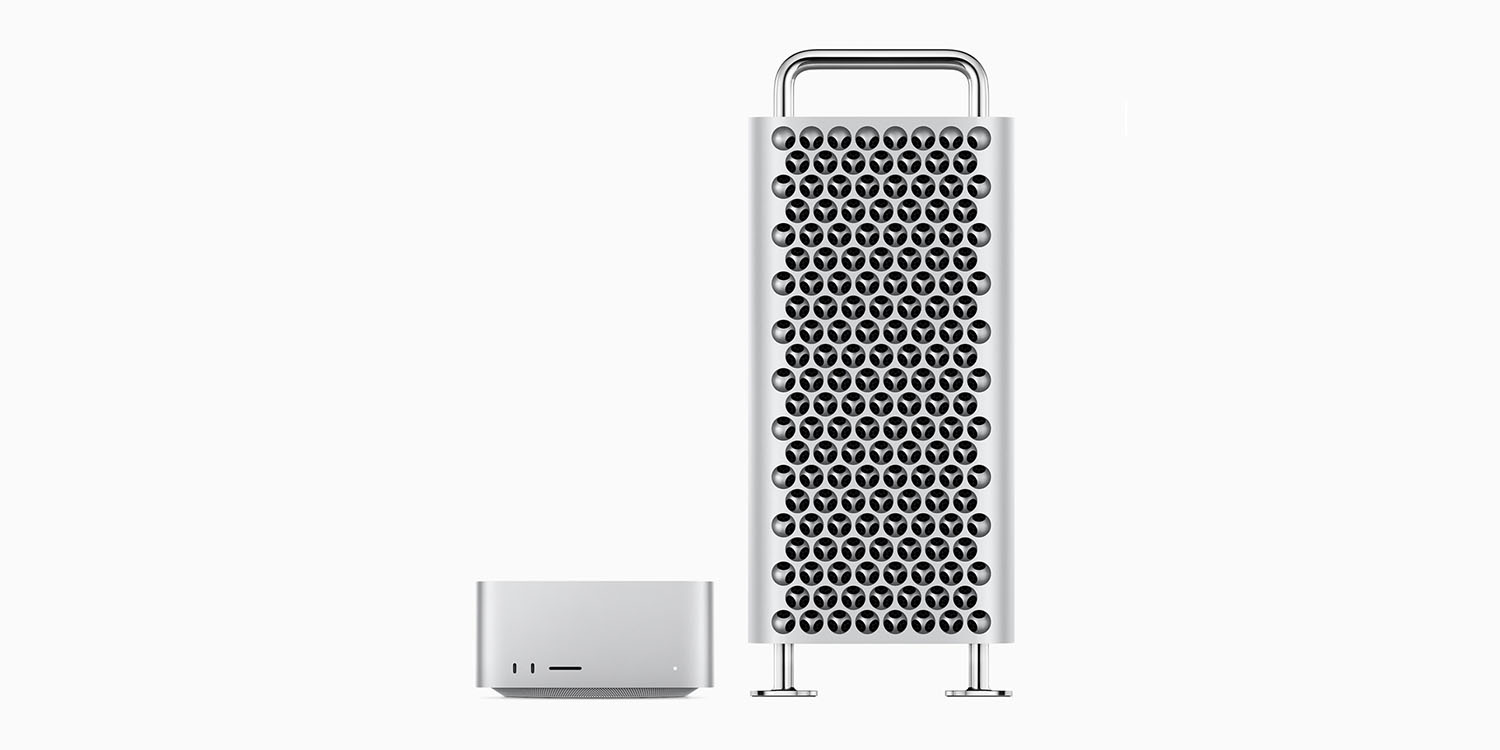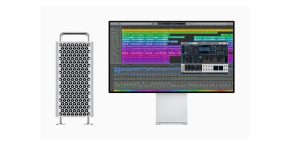
Back at the beginning of the year, I questioned whether the 2023 Mac Pro would be dead on arrival – since it seemed Apple would have enormous difficulty in distinguishing it from other Macs powered by the same chips.
Apple has of course now announced the new Mac Pro, and while it does offer a handful of benefits the updated Mac Studio launched alongside it, very few people are going to buy one …
I said back in January that the very definition of the Mac Pro seemed in doubt.
The Mac Pro has effectively been defined as two things. First, the most powerful Mac in Apple’s line-up. Second, the most expandable machine, but it’s looking increasingly like neither will apply to the 2023 Mac Pro.
That’s because all of the CPU, GPU, and unified memory is now on a single chip (technically a single system-on-a-chip), and Apple had reportedly abandoned plans for an M2 Extreme unique to the Mac Pro.
Gurman was proved right: Apple launched the 2023 Mac Pro and the updated Mac Studio with the same M2 Ultra chip (standard with the Pro, optional with the Studio).
So what is the difference between maxed-out versions of both machines? In terms of raw power, nothing at all: spec out both to the same M2 Ultra chip, and you get the same spec:
- 24-core CPU, 76-core GPU, 32-core Neural Engine
- 192GB unified memory
- 8TB SSD storage
Do that on the Mac Pro, and you’ll pay $12,599; on the Mac Studio, the same spec costs you $8,779. That’s a difference of almost four grand – so what do you get for your money if you opt for the Pro?
Four things:
- PCI expansion slots
- More ports
- Better (and prettier!) ventilation
- Wheels (if you pay the extra $400 for them)
In reverse order …
Even the wheels, silly as they may seem to some, may have practical values to others. If you sometimes need to take the machine on location, or simply move it between workstations in your studio, wheeling it is slightly more convenient than carrying a Mac Studio from one desk to another.
The ventilation slots on the Mac Pro case aren’t just pretty – they really do extend the time before thermal throttling kicks in, so improve real-life performance on lengthy, heavy-duty tasks.
The difference between four Thunderbolt ports and eight may – even with daisy-chaining – be important to your usage case. Perhaps even the difference between one and two 10Gb Ethernet ports (though that seems a harder sell!).
But the key difference between the 2023 Mac Pro and the equivalent Mac Studio are those seven PCI Express expansion slots. Which is really six slots, as Apple uses one for the built-in ports.
This isn’t the benefit it used to be in Intel Mac Pros. You can’t slot in additional graphics cards, or video capture cards (I’ve been corrected on this – Apple Silicon still supports these), because that’s all now part of Apple Silicon. So mostly it’s a way to add storage.
While your maximum built-in SSD storage is the same 8TB with both machines, with the Mac Pro you can put additional fast SSDs in those slots. Stick an 8TB PCI SSD in each slot, and you now have a total of 56TB of fast storage all inside the case. For movie-makers, that might be a worthwhile benefit.
The bottom line is that there are customers who will want the Mac Pro over the Mac Studio, and be happy to pay the price premium for doing so. There just aren’t… very many of them.
In truth, Apple includes a Mac Pro in the new Apple Silicon lineup more because it would be embarrassing not to, than because it expects to sell more than a handful of them.
FTC: We use income earning auto affiliate links. More.




Comments